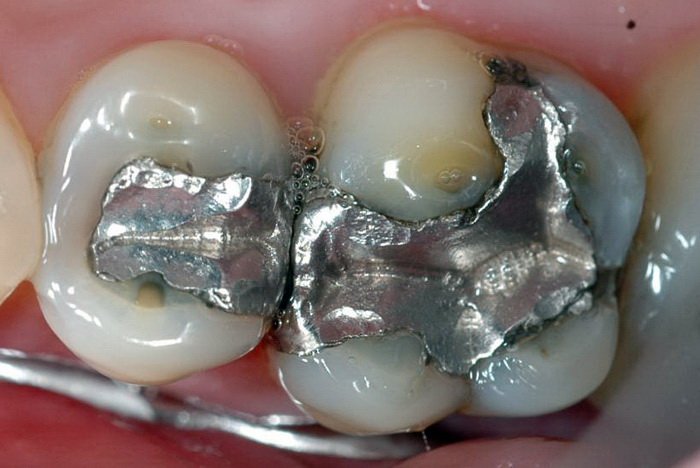Dental health is a critical aspect of overall well-being, and the materials used in dental procedures can have significant long-term impacts on our health. Dental amalgam fillings, commonly known as silver fillings, have been a standard dental restoration method for decades. However, growing concerns about their potential health risks have prompted many patients and healthcare professionals to reconsider their use.
Understanding Dental Amalgam Fillings
Dental amalgam fillings are composed of a mixture of metals, including approximately 50% mercury, along with silver, copper, tin, and zinc. For many years, these fillings were the go-to solution for treating tooth decay due to their durability and cost-effectiveness. However, recent research has shed light on potential health risks associated with mercury exposure from these dental restorations.
The Hidden Health Risks of Mercury Fillings
One of the primary concerns with dental amalgam fillings is the continuous release of mercury vapor. This vapor can be inhaled and absorbed by the body, potentially leading to various health complications. Studies have highlighted several high-risk populations that may be particularly vulnerable to these risks:
- Pregnant women
- Nursing mothers
- Children
- Individuals with neurological disorders
- People with kidney dysfunction
Research from the National Health and Nutrition Examination Survey (NHANES) has suggested potential links between dental amalgam fillings and various health issues, including neurological impairment and inflammatory conditions like arthritis.
FDA Recommendations and High-Risk Populations
The U.S. Food and Drug Administration (FDA) has provided guidelines for specific groups who should exercise caution with dental amalgam fillings. While not advocating for immediate removal for all patients, the FDA recommends special consideration for:
- Pregnant and breastfeeding women
- Individuals with mercury sensitivity
- People with neurological or kidney disorders
- Children under six years old
Exploring Mercury-Free Alternatives
Fortunately, modern dentistry offers several alternatives to traditional amalgam fillings. Tooth-colored composite fillings have gained popularity due to their aesthetic appeal and reduced health risks. These alternatives provide:
- Better aesthetic matching with natural tooth color
- Reduced mercury exposure
- Advanced bonding techniques
- Improved biocompatibility
Safe Removal of Dental Amalgam Fillings
For those concerned about existing amalgam fillings, professional removal is a potential option. However, it’s crucial to work with a dentist experienced in safe mercury removal practices. The process should involve specialized techniques to minimize mercury vapor exposure, such as:
- Using protective barriers
- Implementing advanced air filtration
- Following strict removal protocols
- Providing post-removal detoxification guidance
Making an Informed Decision
While the potential health risks of dental amalgam fillings are concerning, it’s essential to approach the topic with careful consideration. Not all patients require immediate filling removal. Consulting with a holistic or biological dentist can provide personalized insights based on individual health conditions and potential mercury sensitivity.
Before making any decisions, patients should:
- Discuss concerns with a healthcare professional
- Undergo comprehensive health assessments
- Consider individual risk factors
- Explore mercury-free restoration options
Dental health is a complex and personal journey. By staying informed about potential risks and available alternatives, patients can make empowered decisions that prioritize both oral and overall health.






